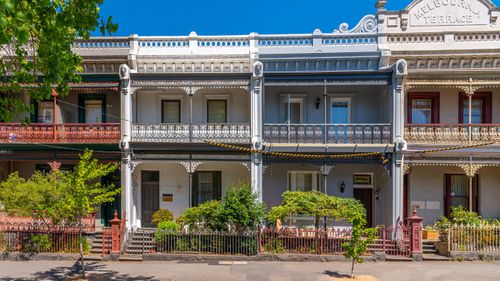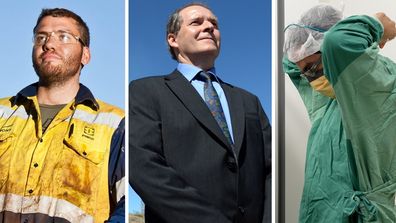As interest rates continue to climb, and with more increases expected, the number of households becoming mired in financial distress is growing.
In a matter of months, the average home loan rate almost doubled last year – from 3.45 per cent in April to 6.15 per cent in November, research from Finder showed.

Average monthly repayments have soared nearly $1000, up from $2231 to $3128, based on a $500,000 home loan.
Many homeowners are now buckling from an annual increase in payments which have leaped from $26,772 to $37,536 in just eight months.
A steady rise in energy bills, petrol prices and cost of food across 2022 is exacerbating the issue.
Younger property buyers were the hardest hit, the research showed, with one in four Gen Z buyers saying they had borrowed too much.
“Many Australians bought property during a record low interest rate environment and didn’t plan for what they’d do if rates went up,” Finder’s Sarah Megginson said.
“Now as interest rates skyrocket, many have been pushed to their financial limit – with further rises on the way.”
Many borrowers who have locked in super-low interest rates with fixed mortgages have so far shielded themselves from painful hikes.
Read Related Also: King Charles is ‘evicting Harry and Meghan from Frogmore Cottage’
Encouraged by historically low rates in recent years, an unusually high number of Australians have locked into fixed mortgages.
According to analysis from AMP Capital, fixed lending usually makes up 10-15 per cent of the total mortgage market, but that number quadrupled to over 40 per cent last year.
Many will roll off fixed-term loans in the second half of 2023, leaving up to 1.3 million borrowers scrambling to cope with much higher monthly repayments.
In December, the central bank lifted the cash rate target by 25 basis points or 0.25 per cent to 3.10 per cent.

The 20 most in-demand jobs in Australia
The last time interest rates were above 3 per cent was October 2012, when the median house price was just under $520,000.
The central bank has hiked rates to try and rein in rising inflation.
All eyes will be on the next RBA decision, scheduled for early February.






